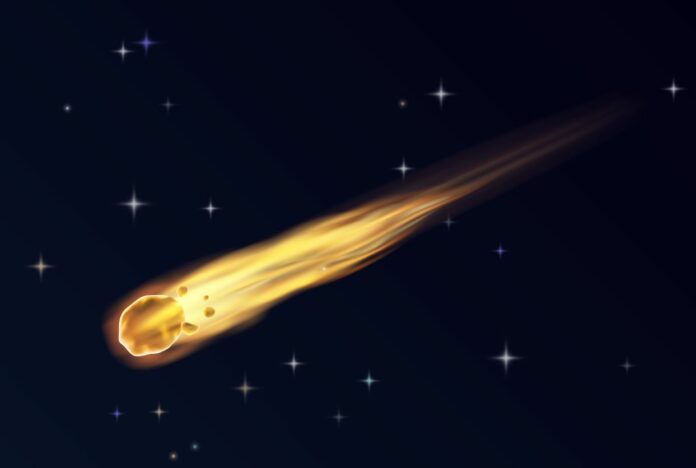A new research led by Johns Hopkins University suggests that, what was once believed to be sound waves from a meteor fireball in 2014 near Papua New Guinea may have been vibrations from a passing truck on a nearby road. This discovery challenges the belief that the materials retrieved from the ocean were extraterrestrial materials from that meteor.
The course of the signal eventually coincided with the direction of a road that went by the seismometer. It’s challenging to determine the precise source of a signal. What can be done, though, is compare it with other signals. In this instance, the signals had every characteristic of an approaching truck and none of the features of a meteor.
A meteor struck Earth’s atmosphere over the Western Pacific in January 2014. At first, it was believed that the event was connected to ground vibrations detected at a seismic station on Manus Island in Papua New Guinea. Subsequently, in 2023, elements of alien origin were discovered near the spot on the ocean floor where the meteor bits were thought to have fallen.
However, Benjamin Fernando, a planetary seismologist at Johns Hopkins who led the research and his colleagues argue that this assumption is based on misinterpreted data. They claim that the meteor entered the atmosphere in a different location, and their search showed no signs of seismic waves originating from the meteor.
Fernando said, “The fireball location was far from where the oceanographic expedition went to retrieve these meteor fragments. Not only did they use the wrong signal, they were looking in the wrong place.”
The team collected data from stations in Australia and Palau to identify sound waves from nuclear testing. Using this data, they could pinpoint the meteor’s location, which was almost a hundred miles away from the first place they looked into. They concluded that the materials found on the ocean floor were either merely small, common meteorites or fragments formed when larger meteorites struck the surface of the Earth and combined with common terrestrial (Earth-based) pollution.
Fernando added, “Whatever was found on the sea floor is unrelated to this meteor, regardless of whether it was a natural space rock or a piece of alien spacecraft- even though we strongly suspect it wasn’t aliens.”
The team will present its findings on March 12 at the Houston Lunar and Planetary Science Conference.
